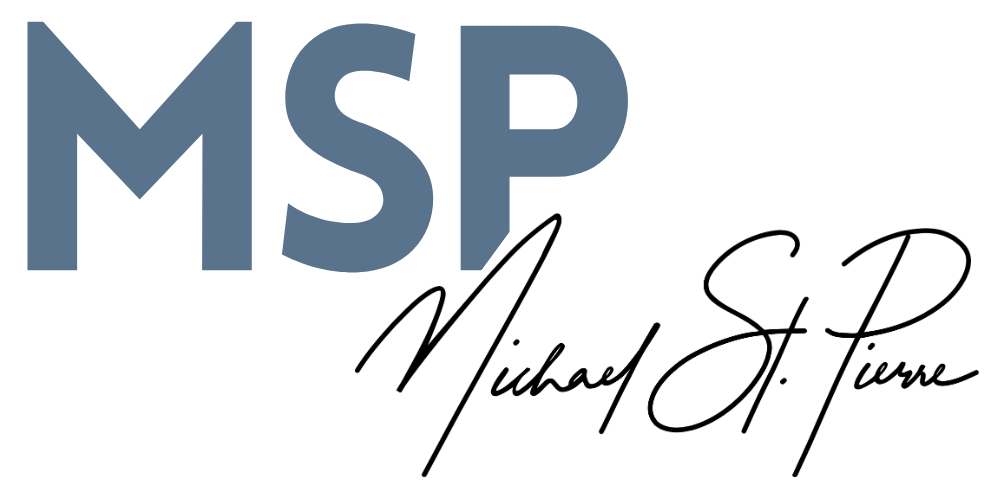Starting lines matter- a lot. They give us an objective beginning to whatever we are doing. This applies to our prayer lives as well.
There are probably hundreds of different ways to begin your time of prayer. These might include:
Making the sign of the cross
Reading a particular Bible passage that is meaningful to you
Repeating a phrase or mantra
Gazing at a religious icon
One thing that I’ve been trying lately is to simply take note of how I’m feeling. Do I have a knot in my stomach? Am I feeling at ease? Is something worrying me?
This “self inventory” is particularly important when we are going through a difficult or stressful time. Our family has recently been dealing with the loss of a loved one. Very difficult stuff. You want to start the day with a spring in your step. Instead, you feel a brick on your chest when you wake up… the stress of it all.
St Teresa of Avila said this, “Before prayer, endeavor to realize whose Presence you are approaching, and to whom you are about to speak. We can never fully understand how we ought to behave towards God, before whom the angels tremble.” In other words, take note of how you are approaching God, feelings and all.







